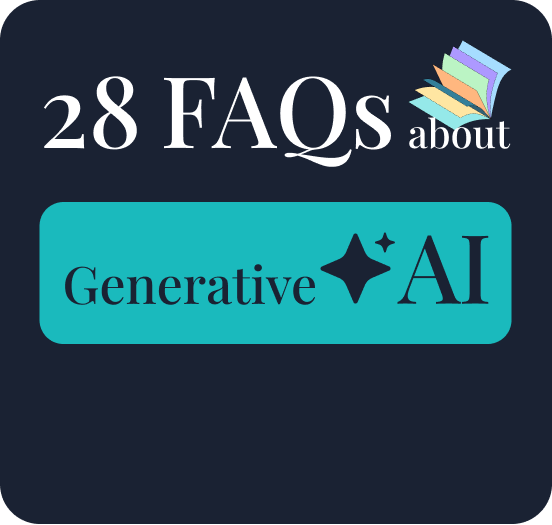RPA vs AI Chatbots for Call Center Automation
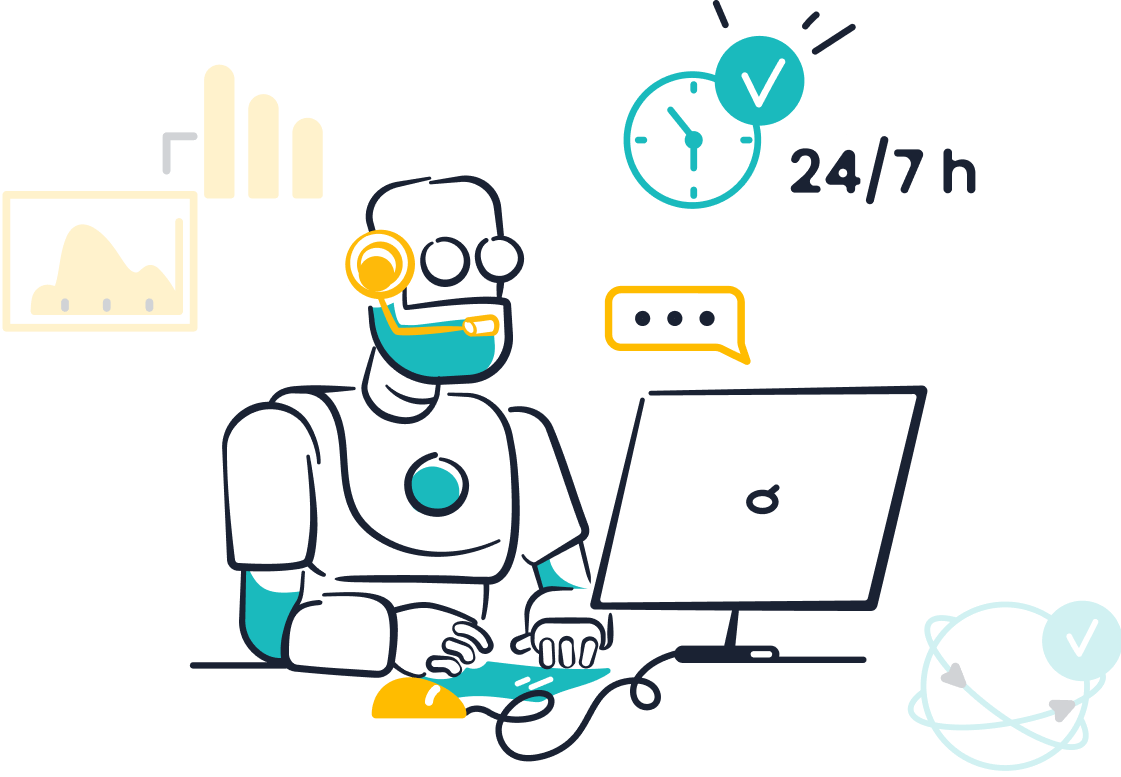
In call center automation, Robotic Process Automation (RPA) automates agent tasks in the back office. An AI chatbot automates customer conversations in the front office.
With the AI for customer service market growing, leaders must understand these tools. This article clarifies each technology's role in the call center. It guides you on using RPA and AI for the best customer interaction. Modern automation, like the Sobot AI chatbot, makes powerful Sobot call center solutions more accessible than ever.
Understanding RPA in the Call Center
The Core Function of RPA
Robotic Process Automation (RPA) uses software bots to create a digital workforce. These bots mimic repetitive human actions on a computer. They can log into applications, copy and paste data, and fill out forms by following rule-based workflows. This automation works on top of existing systems without needing complex code. Essentially, rpa bots learn by recording a workflow and then execute the same task faster and without errors. This allows the rpa system to operate 24/7.
Key Characteristics and Limitations
While powerful, rpa is designed for specific types of tasks. Its primary characteristic is its reliance on clear, predefined rules. This creates several limitations for dynamic environments.
- Cognitive Tasks: An rpa bot lacks emotional intelligence and creativity. It cannot handle strategic decision-making or nuanced customer interactions that require a human touch.
- Dynamic Problems: RPA struggles with tasks that do not have straightforward rules. Resolving a complex customer complaint, for example, requires empathy that rpa cannot provide.
- UI Dependence: The automation is highly dependent on application user interfaces. If a program's layout changes, the rpa bot may fail and require reconfiguration.
Top Use Cases for RPA Bots
The best application for rpa in a call center is automating high-volume, mundane back-office tasks. This automation frees human agents to focus on valuable customer-facing interactions.
By handling background processes, rpa directly improves agent productivity. Common use cases include:
- CRM and Data Entry: Automatically updating customer records across multiple systems.
- Finance and Accounting: Processing invoices and generating financial reports.
- Human Resources: Managing employee onboarding paperwork and data management.
- IT Support: Triaging service desk tickets and handling password resets.
The Power of the AI Chatbot
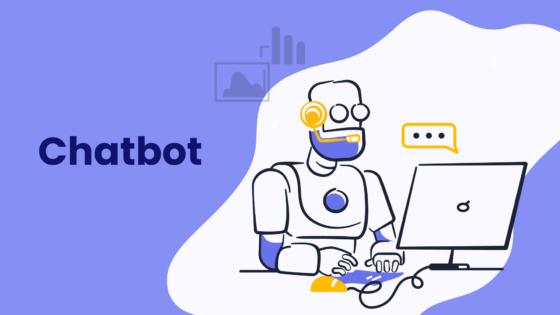
While RPA automates an agent's screen, an AI chatbot automates the customer's conversation. This technology acts as a virtual AI agent for all front-office user interaction. It uses artificial intelligence to understand, process, and respond to customer needs in real time.
The Core Function of an AI Chatbot
The primary function of an AI chatbot is to simulate human conversation. It uses Natural Language Processing (NLP) to interpret a customer's intent, whether they type a simple question or a complex request. Unlike rule-based bots, an AI agent with conversational AI can manage dynamic, multi-step dialogues. This allows the chatbot to handle a wide range of customer inquiries, from answering billing questions to troubleshooting technical issues, creating a seamless customer experience.
Key Characteristics and Capabilities
Modern AI-powered chatbots possess capabilities that go far beyond simple Q&A. They offer a powerful automation tool for any business.
Key capabilities include:
- Multilingual Support: An advanced AI chatbot can communicate with a global customer base in their native languages.
- Contextual Awareness: The AI remembers previous parts of the conversation to provide fluid and relevant support.
- 24/7 Availability: A chatbot provides instant customer support around the clock, reducing wait times and improving satisfaction.
Leading solutions like the Sobot Chatbot make this technology highly accessible. Its AI-powered, multilingual platform requires no coding, allowing businesses to design and deploy a sophisticated AI agent using a simple point-and-click interface.
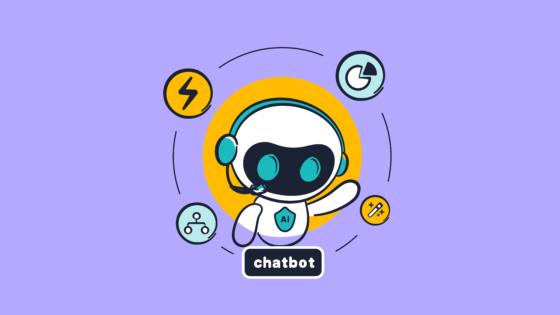
How the Sobot Chatbot Boosts Conversions
A powerful chatbot directly impacts a company's bottom line. The Sobot AI agent is designed to enhance efficiency and drive growth. By triaging customer requests 24/7, it helps businesses cut operational costs by up to 50%. This constant availability ensures no customer is left waiting.
The AI also assists human agents, improving overall team productivity by 70%. Through smart self-service and proactive engagement, the Sobot chatbot helps businesses boost conversions by 20%. This level of automation transforms the call center from a cost center into a revenue driver.
RPA vs. Chatbot: A Head-to-Head Comparison
Understanding the fundamental differences between RPA and AI chatbots is key to building an effective automation strategy. While both technologies drive efficiency, they serve distinct purposes in a call center environment.
Goal: Process Efficiency vs. Customer Interaction
The primary goal of RPA is to streamline back-office operations. RPA bots automate repetitive, rule-based tasks to improve operational efficiency. This robotic process automation allows human agents to focus on more strategic work. In contrast, an AI chatbot focuses on front-office customer interaction. A chatbot uses artificial intelligence to engage users in meaningful conversations, providing immediate and personalized responses. The core function of RPA is doing, while the core function of AI is talking.
Data: Structured vs. Unstructured
RPA and AI handle different types of data. RPA technology requires structured, consistent input to function correctly. It excels at processing data from organized sources like customer databases or financial records. AI, on the other hand, is designed to handle unstructured data. An AI chatbot can interpret variable inputs like emails, chat logs, and audio recordings.
| Feature | RPA | AI |
|---|---|---|
| Input Type | Requires structured, consistent input | Handles unstructured, variable input |
| Logic | Follows deterministic logic (if X, then Y) | Uses probabilistic logic to infer outcomes |
| Adaptability | Must be manually updated for changes | Improves performance over time with more data |
Task: Repetitive vs. Dynamic
The nature of the tasks each technology automates is also a key differentiator.
- RPA excels at repetitive, rule-based tasks. This automation is perfect for high-volume processes like data entry or report generation that do not require dynamic decision-making.
- AI handles dynamic, conversational tasks. An AI chatbot can manage complex dialogues, understand customer intent, and adapt its responses based on the flow of the conversation. This makes AI ideal for frontline support.
Learning: Rule-Based vs. Adaptive AI
RPA operates on a foundation of static, predefined rules. An RPA bot follows a script and cannot deviate from its programming. If a process changes, the RPA bot requires manual reconfiguration.
Conversely, AI systems are adaptive. They use machine learning to learn from new data and improve over time. For example, reinforcement learning allows an AI system to optimize its responses based on user feedback. This continuous learning enables the AI to become more accurate and effective with every interaction. The difference in adaptability and accuracy is significant.
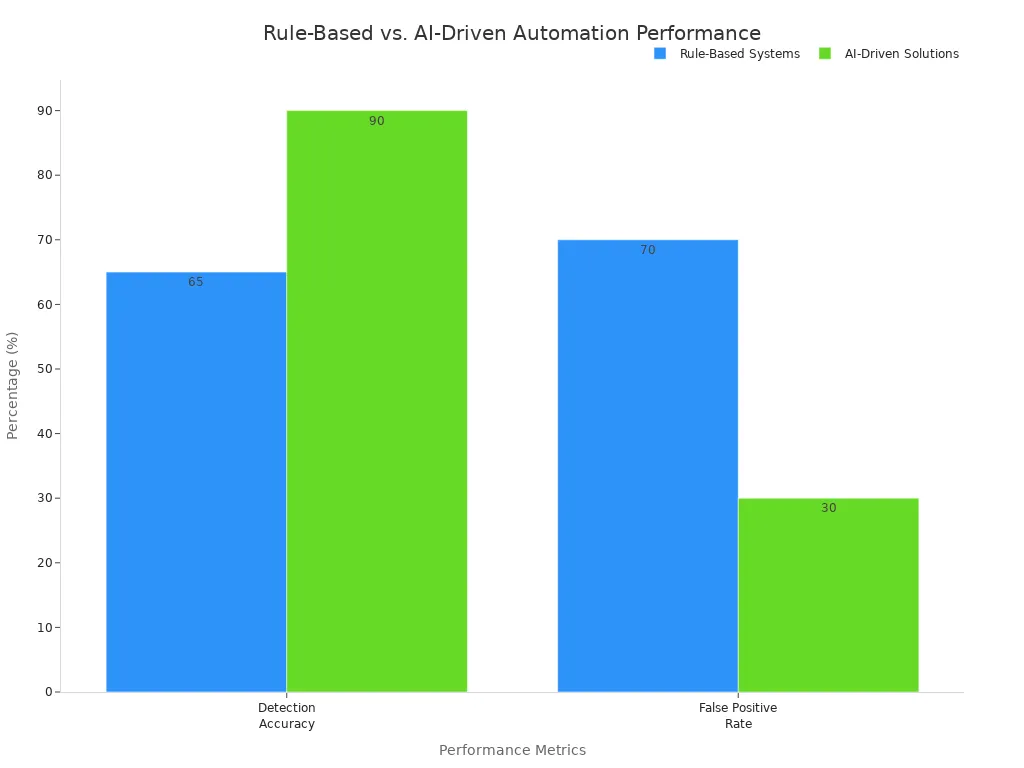
This adaptive capability makes AI a powerful tool for creating intelligent automation that evolves with your business needs, unlike the rigid structure of RPA.
The Future of Call Center Automation: A Combined Strategy
The debate is not about choosing one technology over the other. The future of call center automation lies in combining RPA and AI to create a seamless, end-to-end workflow. An AI agent manages the customer conversation, while an RPA bot executes the back-office tasks. This powerful partnership creates a level of intelligent automation that neither technology can achieve alone.
When to Choose RPA
A business should choose RPA when its goal is to improve internal process efficiency. RPA is the right solution for tasks that are clearly defined and do not require complex decision-making. This automation excels at handling high-volume, repetitive work that consumes valuable agent time.
A call center manager should consider RPA when a process meets these criteria:
- Repetitive and Rules-Based: The task involves a consistent set of steps that are repeated many times.
- Software-Based: The data needed for the process is digital and accessible on a computer.
- Documented: The workflow is clearly mapped out with sufficient detail for a bot to follow.
Implementing RPA delivers a strong return on investment by improving key metrics. It reduces error rates, lowers Average Handle Time (AHT), and frees human agents to focus on the customer. The primary function of RPA is to make the team more productive by taking over mundane background work. This type of automation is a foundational step toward a more efficient call center.
When to Choose an AI Chatbot
A business needs an AI chatbot when its focus is on enhancing the front-office customer experience. An AI agent is the ideal choice for managing customer interactions at scale. It provides immediate, 24/7 customer support and can handle a wide range of inquiries.
Key indicators that a call center needs an AI chatbot include:
- High Abandonment Rates: Customers leave conversations before their issues are resolved.
- Low Customer Satisfaction (CSAT): Users report negative experiences due to long wait times or inconsistent answers.
- Low First-Contact Resolution (FCR): Simple issues require multiple follow-ups or escalations to human agents.
An advanced AI agent uses machine learning to understand customer intent, even from unstructured text. This allows the AI to manage dynamic conversations and resolve issues without human help. The goal of AI is to improve the customer journey by providing instant, accurate, and personalized support.
The Synergy of Sobot's Omnichannel Solution
The true power of automation is unlocked when RPA and AI work together. Sobot's Omnichannel Solution creates this synergy by integrating a smart AI agent with powerful back-end automation. This combination builds a complete, hands-free workflow from customer interaction to task completion.
Imagine this common scenario:
- A customer starts a conversation with a Sobot AI agent to update their shipping address.
- The AI agent understands the request, asks for the new details, and verifies the information with the customer.
- Once confirmed, the AI agent triggers an RPA bot.
- The RPA bot automatically logs into the company's CRM, navigates to the customer's profile, and updates the address field.
The entire process happens in seconds without any human intervention. The customer gets an instant resolution, and the agent is free to handle a more complex issue. This human-machine cooperation is a cornerstone of modern customer service.
Leading companies are already seeing massive benefits from this approach. For example, global tech innovator OPPO implemented a similar strategy using Sobot's solutions. By combining an AI chatbot for customer queries with automated back-end processes, OPPO achieved an 83% chatbot resolution rate and saw a 57% increase in its repurchase rate. This case study proves that integrating an AI agent with RPA is a winning formula for call center automation. This intelligent automation strategy transforms the customer support function into a driver of both efficiency and revenue.
Effective call center automation combines RPA and AI. RPA optimizes agent processes, while an AI agent like Sobot's AI chatbot enhances customer interaction. The ultimate goal is a cohesive automation strategy. A combined approach delivers the highest return, creating a modern, efficient call center. This synergy drives significant value:
- Hard Cost Savings: An AI agent reduces labor hours.
- Productivity Gains: The AI agent and RPA handle more work, improving customer support.
This level of AI automation transforms your customer support. Ready to embark on your contact journey? Explore how Sobot's AI solutions can help your call center automation.
FAQ
What is the main difference between RPA and an AI chatbot?
RPA automates back-office tasks for agents. It follows strict rules to handle structured data. An AI chatbot automates front-office conversations with customers. It uses artificial intelligence to understand and respond to dynamic, unstructured requests, acting as a virtual AI agent.
How does the Sobot AI Chatbot improve call center automation?
The Sobot AI Chatbot enhances call center automation by providing 24/7 customer support. It autonomously resolves common queries, which cuts operational costs. This AI agent also assists human agents, improving team productivity by 70% and boosting conversions.
Can RPA and an AI agent work together?
Yes. Combining them creates a powerful, end-to-end workflow. An AI agent can handle the customer conversation and then trigger an RPA bot to complete a back-office task, like updating a CRM. This synergy delivers a seamless and efficient customer experience.
Is it difficult to set up an AI chatbot?
No. Modern solutions like the Sobot Chatbot are designed for ease of use. Businesses can build and deploy a sophisticated AI agent using a point-and-click interface. This process requires no coding experience, making advanced call center automation accessible to everyone.
See Also
Understanding Artificial Intelligence Software for Modern Call Center Operations
Exploring the Top 10 AI Tools for Enterprise Contact Center Solutions
A Comprehensive Review of AI-Powered Enterprise Call Center Solutions
Unveiling the Efficient Mechanisms of Call Center Automation in Action
Your Essential Guide to Selecting the Optimal Chatbot Software
